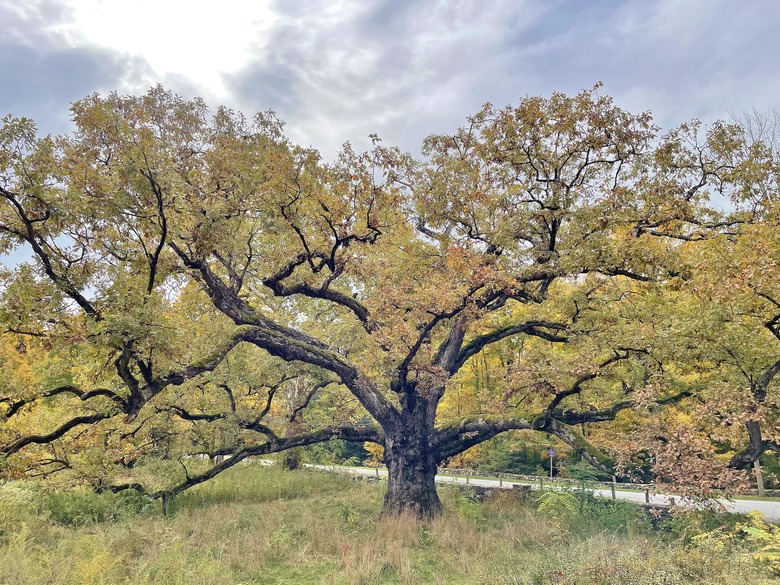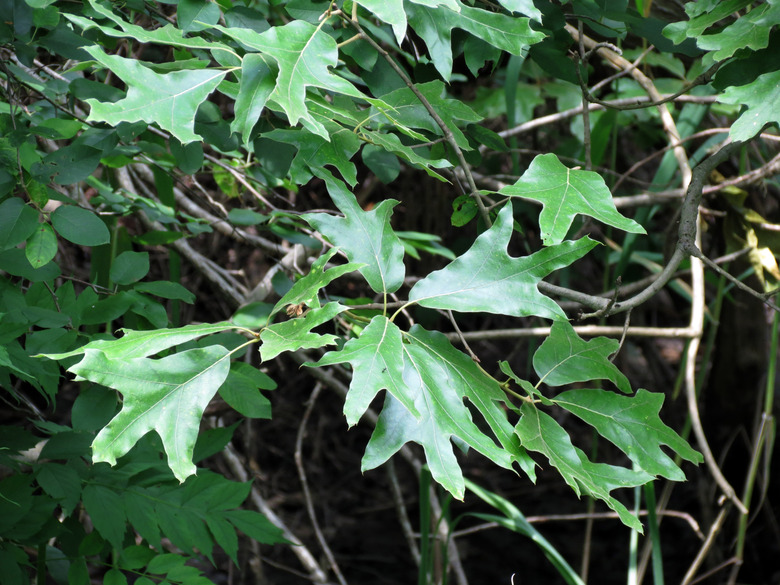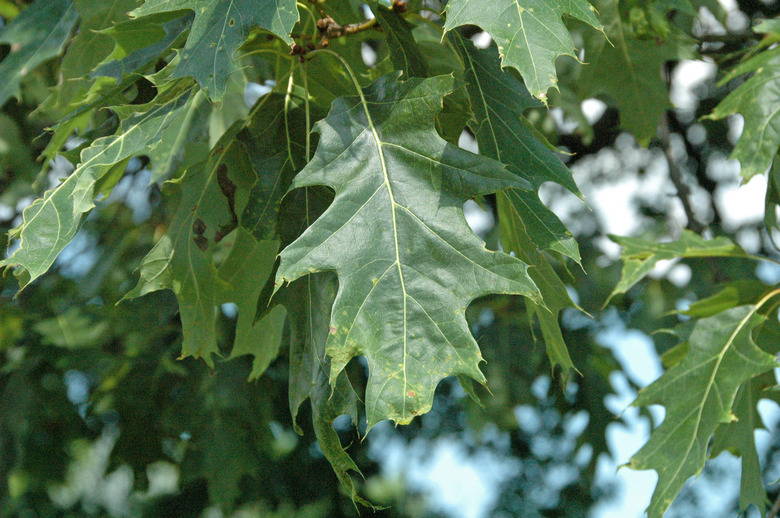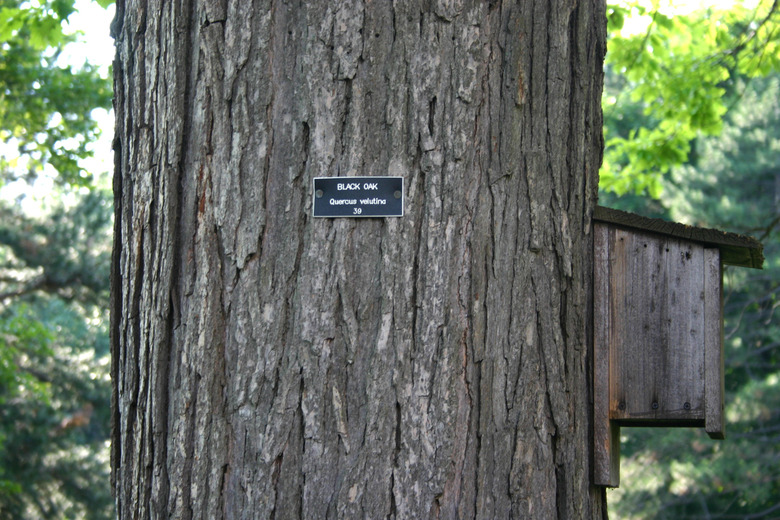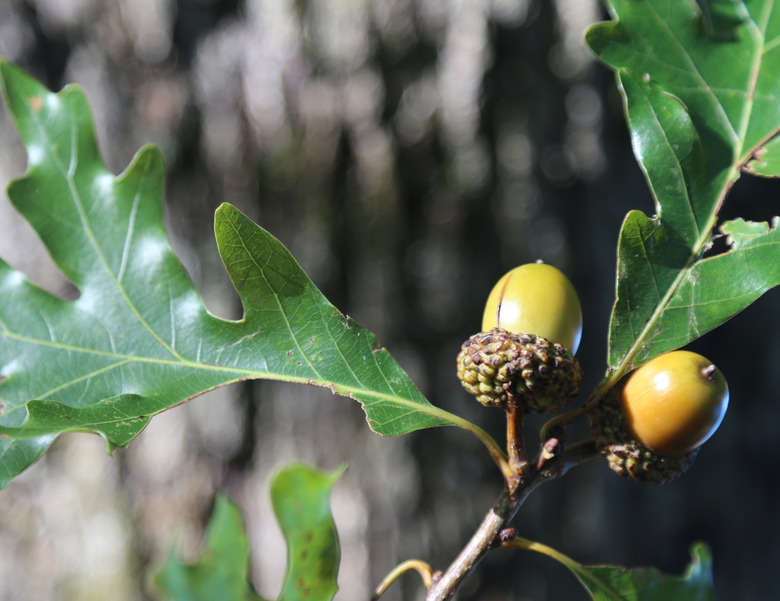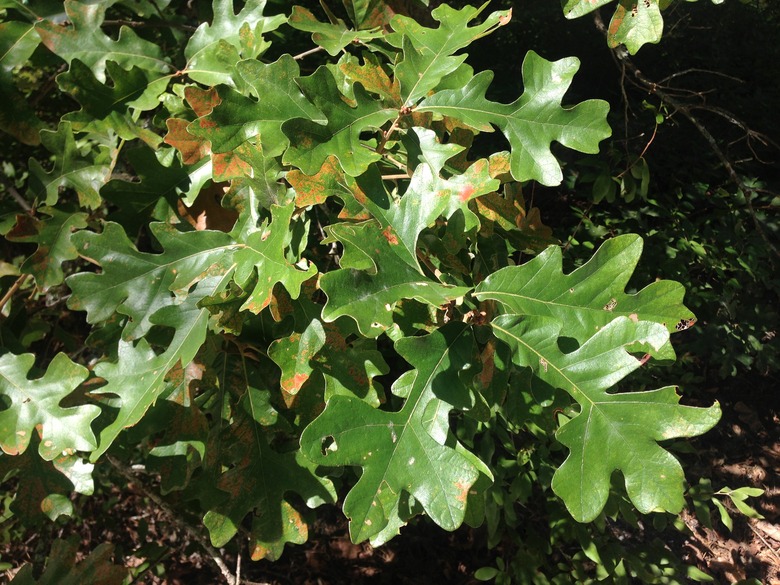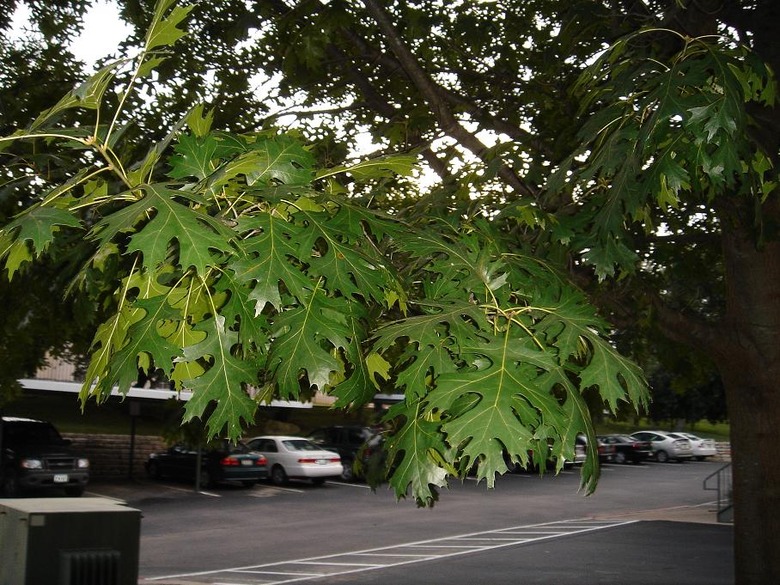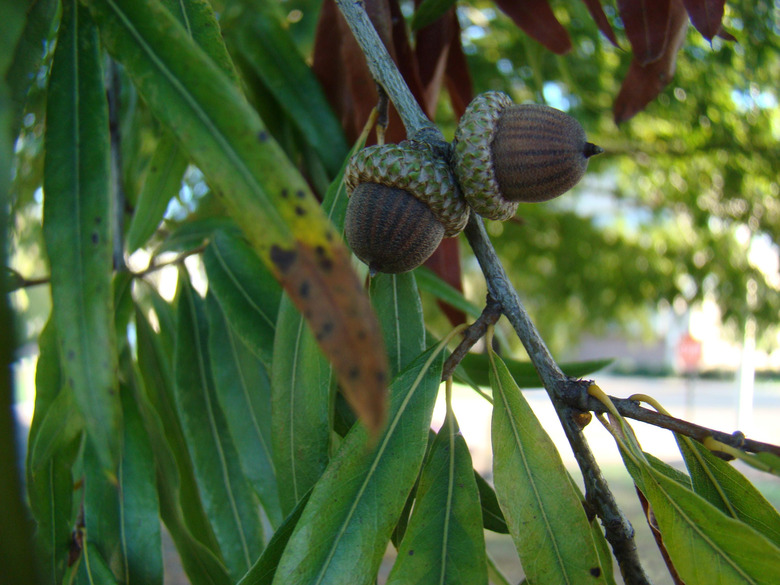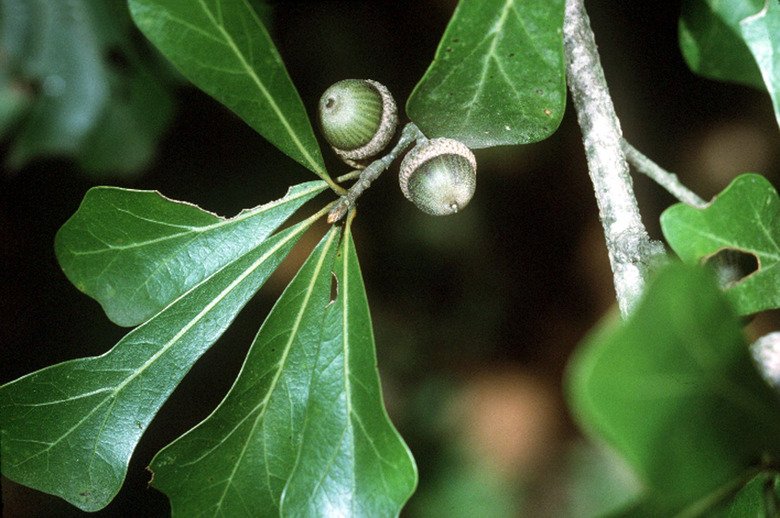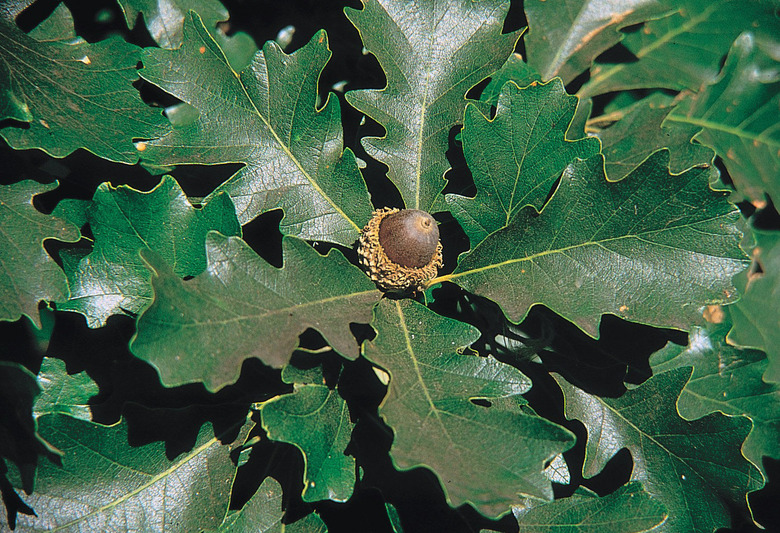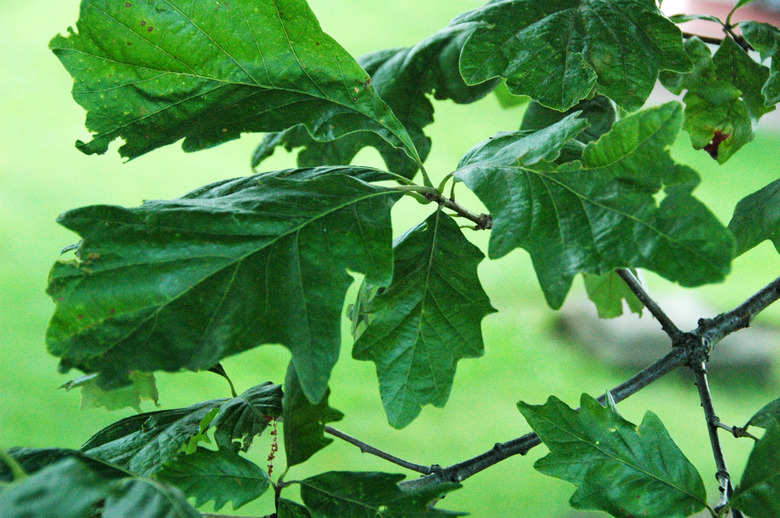How To Identify Tennessee Oak Trees
Twenty species of oak tree (Quercus spp.) are native to Tennessee. The oak trees of Tennessee include both red oaks with pointed lobes and bristles, and white oaks with rounded lobes.
Some oak species in Tennessee are more common at higher elevations, in hilly areas referred to as uplands. Other species of oak occur primarily in bottomlands, which are usually near bodies of water like rivers and creeks and are characterized by wet soils most of the year.
In addition to the different types of oak tree leaves, acorn identification is also useful in telling oak trees apart.
Upland Red Oaks
Five oak species in the red oak group can be found in Tennessee's upland regions. Let's go over some of their characteristics.
Southern Red Oak
If you come across an oak tree leaf that looks like a turkey's footprint, it may belong to a southern red oak (Quercus falcata, zones 6 to 9). The leaves of this species usually have three lobes, but may have as many as five or seven. The undersides of the leaves are covered in small, rust-colored hairs.
Northern Red Oak
The northern red oak (Quercus rubra, zones 4 to 8), also known simply as red oak, has dark green leaves with 7 to 11 sharp lobes. The undersides of the leaves are a whitish gray color.
Mature northern red oaks have dark, almost black bark that features long, shiny plates. Acorns of this species are oval-shaped and have thin cups with scales that overlap.
Black Oak
The black oak (Quercus velutina, zones 3 to 9) gets its name from its bark, which appears almost black on mature trees. The leaves of this species are shiny and dark with lengths of up to 10 inches. The leaves feature seven to nine lobes, each of which have one to three pointy "teeth" at the end.
Upland White Oaks
Four species of oak trees in the white oak group occur in upland regions of Tennessee. Let's look at some of their identifying features.
White Oak
The leaves of the white oak (Quercus alba, zones 3 to 9) have seven to nine lobes and measure 4 to 9 inches in length. In the spring, the leaves have a pink tint when they first emerge. As they mature, the leaves turn a dark blue-green color, while the undersides are paler in color.
The bark of the tree is a light, ash gray. The acorns have a warty cup that covers about 1/4 of the nut.
Post Oak
You can identify a post oak (Quercus stellata, zones 5 to 9) by its leaves, which have three to five rounded lobes. There are three larger, main lobes that are square in shape, with the two center lobes spreading wider than the rest of the leaf, giving it the appearance of a cross.
The bark of the post oak is light gray or light brown in color and is divided into flat plates that have a square shape.
Bottomland Red Oaks
Several red oaks grow in the wet bottomland areas of Tennessee. These are a few of the species you may encounter in these areas.
Shumard Oak
The Shumard oak (Quercus shumardii, zones 5 to 9) can be identified by looking at the leaves, which have seven to nine lobes and deep sinuses, which means the space between the lobes. If you look only at the top three lobes independently from the rest of the leaf, you will notice that they resemble a maple leaf.
Willow Oak
With long, narrow leaves that lack lobes, the willow oak (Quercus phellos, zones 5 to 9) is not easily confused with other oak trees. The acorns of this species are about 1/2 an inch long and have a thin, saucer-like cap.
Water Oak
The water oak (Quercus nigra, zones 6 to 9) has spatula-shaped leaves that typically feature three lobes. The leaves have lengths between 2 and 4 inches and widths between 1 and 2 inches.
The acorns of water oaks are broad and round, with wooly cups. The gray-black bark of this species is usually smooth.
Bottomland White Oaks
Four species of white oak occur in the bottomlands of Tennessee. Let's review some key characteristics from a few of them.
Bur Oak
The bur oak (Quercus macrocarpa, zones 3 to 8) is a massive white oak with heights between 60 and 80 feet. The identifying feature of this species is its acorns, which are covered in a mossy cap that covers up to half of the nut.
The leaves of the bur oak are dark green and leathery and 6 to 12 inches long. Each leaf has five to nine lobes.
Swamp White Oak
The leaves of the swamp white oak (Quercus bicolor, zones 3 to 8) have between 5 and 10 lobes. The sinuses exhibit a variety of shapes. The foliage is dark green and shiny above, while the undersides are silvery white and covered in small hairs.
References
- University of Tennessee Extension: Identifying Oak Trees Native to Tennessee
- Missouri Botanical Garden: Quercus macrocarpa
- Missouri Botanical Garden: Willow Oak
- Missouri Botanical Garden Black Oak
- Missouri Botanical Garden: Post Oak
- Missouri Botanical Garden: Quercus bicolor
- Missouri Botanical Garden: Quercus rubra
- Missouri Botanical Garden: Quercus nigra
